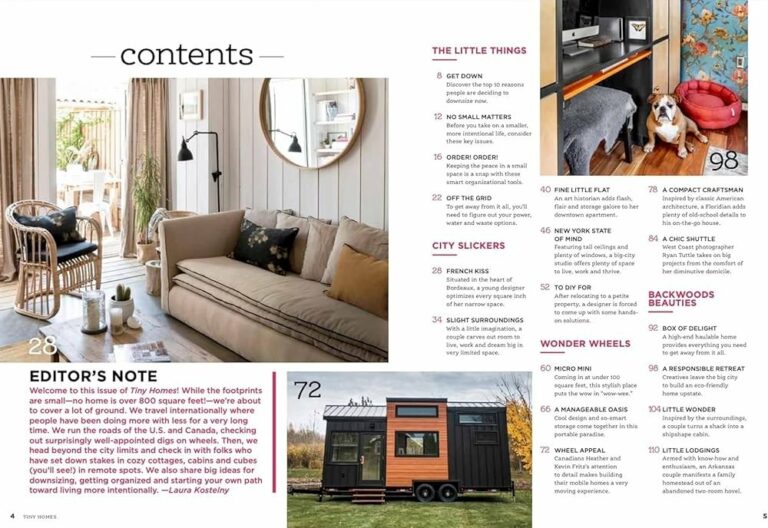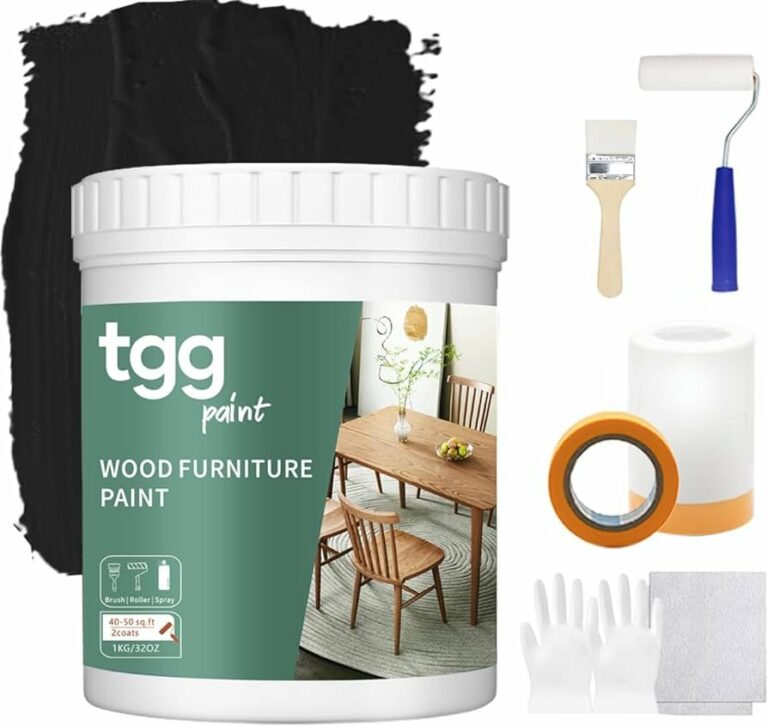What Is The Lifespan Of Eco-Friendly Furniture?
What is the lifespan of eco-friendly furniture? This question often lingers in the minds of those seeking sustainable and environmentally conscious options for their homes. Well, the good news is that eco-friendly furniture can have a significantly longer lifespan compared to its conventional counterparts.
By utilizing sustainable materials and innovative manufacturing techniques, these pieces are designed to withstand the test of time. In this article, we will delve into the factors that contribute to the durability of eco-friendly furniture and explore how it can be a long-lasting investment for both your home and the planet. So, let’s embark on this journey to unravel the lifespan of these eco-friendly wonders.
What is the Lifespan of Eco-Friendly Furniture?
When it comes to furnishing our living spaces, many of us are increasingly conscious of the environmental impact of our choices. As a result, eco-friendly furniture has gained significant popularity in recent years. But how long can we expect these sustainable pieces to last? In this article, we will delve into the lifespan of eco-friendly furniture, exploring the various factors that can influence its durability. From the materials used to the manufacturing process, we will address everything you need to know about the longevity of these environmentally conscious pieces.
In an era of heightened environmental awareness, the demand for eco-friendly furniture has soared. From sustainable sourcing to responsible manufacturing practices, these pieces are designed to minimize their impact on the planet. But just how long can eco-friendly furniture endure?
**2. Understanding Eco-Friendly Furniture**
Before we explore the lifespan of eco-friendly furniture, it’s important to understand what makes a piece eco-friendly in the first place. Eco-friendly furniture, also known as sustainable or green furniture, is crafted using materials and processes that are environmentally conscious and promote sustainability.
**3. Materials Used in Eco-Friendly Furniture**
The materials used in eco-friendly furniture play a crucial role in determining its lifespan. Here are some common materials found in sustainable furniture:
**3.1. Bamboo**
Bamboo is a popular choice for eco-friendly furniture due to its fast growth rate and abundance. This renewable resource is strong, durable, and has natural resistance to moisture and pests.
**3.2. Reclaimed Wood**
Reclaimed wood refers to timber that has been salvaged from older structures or sources like old furniture, barns, or boats. By repurposing this wood, eco-friendly furniture manufacturers reduce deforestation and extend the life cycle of the wood.
**3.3. Recycled Plastic**
Recycled plastic, derived mostly from discarded water bottles and other plastics, is transformed into durable furniture materials. This process diverts plastic waste from landfills, reducing pollution and conserving resources.
**3.4. Organic Fabrics**
Eco-friendly furniture often features upholstery made from organic fabrics, such as cotton, linen, or hemp. These textiles are cultivated without the use of harmful pesticides or synthetic fertilizers, making them a sustainable choice.
**4. Manufacturing Process and Durability**
Apart from the materials used, the manufacturing process also affects the lifespan of eco-friendly furniture. Here are some aspects to consider:
**4.1. Ethical Manufacturing**
Eco-friendly furniture is typically produced using ethical manufacturing practices. This includes fair labor conditions, safe working environments, and adequate wages for workers. When furniture is made with care, it often exhibits better quality and durability.
**4.2. Construction Techniques**
The construction techniques employed during the manufacturing process significantly impact the durability of eco-friendly furniture. Superior craftsmanship and attention to detail enhance the overall strength and longevity of the piece.
**5. Maintaining Eco-Friendly Furniture**
Proper maintenance plays a crucial role in extending the lifespan of any type of furniture, including eco-friendly pieces. Here are some tips to help you take care of your sustainable furniture:
**5.1. Regular Cleaning**
Regularly cleaning your eco-friendly furniture removes dust, dirt, and stains, preventing them from causing long-term damage. Use mild, eco-friendly cleaning products and follow the manufacturer’s guidelines for care and maintenance.
**5.2. Avoid Direct Sunlight**
Excessive exposure to direct sunlight can fade and damage furniture over time. Place your eco-friendly furniture away from direct sunlight or use protective covers to shield it from harmful UV rays.
**5.3. Proper Use**
Using furniture as intended can significantly extend its lifespan. Avoid placing excessive weight or using the furniture for purposes it was not designed for. This will prevent unnecessary strain and damage.
**5.4. Repair and Restoration**
If minor damage occurs, such as scratches or dents, consider repairing or restoring your eco-friendly furniture rather than replacing it. Many eco-friendly furniture manufacturers offer repair services or information on how to fix common issues.
**6. Factors Affecting Lifespan**
Several factors can affect the lifespan of eco-friendly furniture. While these pieces are typically designed to be durable, understanding these considerations can help you make informed choices:
**6.1. Usage**
The frequency and intensity of use will impact how long your eco-friendly furniture lasts. High-traffic areas or pieces subjected to heavy use may experience more wear and tear than those in less frequently used spaces.
**6.2. Environment**
The environment in which the furniture is placed can impact its lifespan. Exposure to extreme temperatures, humidity, or moisture can affect the integrity of the materials, potentially shortening its lifespan.
**6.3. Quality and Design**
Investing in high-quality eco-friendly furniture from reputable manufacturers can increase its lifespan. Quality construction and thoughtful design contribute to the overall durability and longevity of the piece.
**7. Disposal and Sustainability**
Even the most durable furniture will eventually reach the end of its lifespan. Proper disposal is essential to ensure environmental sustainability. Here are some options to consider:
**7.1. Donating**
If your eco-friendly furniture is still in good condition but no longer needed, consider donating it to someone who can use it. Many charities and nonprofit organizations accept furniture donations.
**7.2. Recycling**
If your furniture is no longer usable, explore recycling options. Some components of eco-friendly furniture, such as metal or plastic, can be recycled, reducing waste and minimizing environmental impact.
Eco Friendly vs Sustainable Furniture
Frequently Asked Questions
What is the lifespan of eco-friendly furniture?
Eco-friendly furniture, when well-maintained, can have a lifespan similar to or even longer than conventional furniture. However, the lifespan may vary depending on various factors:
What factors can impact the lifespan of eco-friendly furniture?
The lifespan of eco-friendly furniture can be impacted by factors such as:
- The quality of materials used in its construction
- The manufacturing process and craftsmanship
- Proper care and maintenance
- Usage patterns and frequency
- Environmental conditions, such as exposure to sunlight or humidity
How can I prolong the lifespan of my eco-friendly furniture?
To prolong the lifespan of your eco-friendly furniture, consider the following:
- Regularly clean and dust your furniture using appropriate cleaning methods
- Avoid placing furniture in direct sunlight or areas with high humidity
- Use coasters or protective pads to prevent scratches or stains
- Follow the manufacturer’s instructions for care and maintenance
- Consider professional restoration or repair services when needed
Is there a warranty for eco-friendly furniture?
Warranties for eco-friendly furniture may vary depending on the manufacturer and retailer. It’s important to check the warranty terms and conditions before purchasing. Some manufacturers offer specific warranties on materials or workmanship to ensure customer satisfaction and address any potential issues.
Can eco-friendly furniture be repaired if damaged?
Yes, eco-friendly furniture can usually be repaired if damaged. Many manufacturers provide repair services or can recommend professional restorers who specialize in eco-friendly materials. Repairing damaged furniture can extend its lifespan and help reduce waste.
What are the benefits of choosing eco-friendly furniture with a long lifespan?
Choosing eco-friendly furniture with a long lifespan offers several benefits:
- Reduced environmental impact by minimizing the need for new furniture production
- Cost-effectiveness in the long run as you won’t need to replace furniture frequently
- Support for sustainable practices and responsible manufacturing
- The ability to enjoy timeless and well-crafted furniture for years to come
Final Thoughts
the lifespan of eco-friendly furniture is influenced by various factors including the materials used, construction techniques, and maintenance practices. By utilizing sustainable materials and employing durable craftsmanship, eco-friendly furniture can last for a considerable period. Regular care, such as cleaning and protecting from environmental elements, can further extend its lifespan. However, it is important to note that the lifespan may vary depending on individual usage and the specific conditions it is exposed to. Overall, investing in eco-friendly furniture offers not only a sustainable choice but also the potential for long-term durability and enjoyment.


